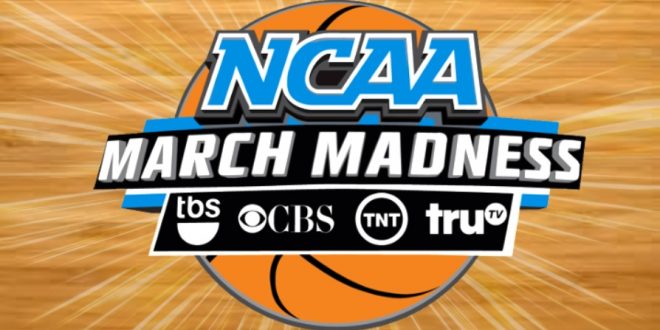By Megan Tjandrasuwita
Most of us living in United States likely know about March Madness. If you have not heard about it, don’t worry, it is not a new disease. March Madness, also called The Big Dance, is a nickname for the college basketball playoff season and is essentially the National Collegiate Athletic Association (NCAA) Division I men’s and women’s basketball tournament that occurs mostly during the month of March. It is one of the most famous sport events in U.S. mainly because basketball is one of the most popular college sports. The event draws significant attention from both media and fans to the point that it is considered a cultural phenomena in the U.S.. In addition to its cultural impact, there are numerous reasons behind its importance in college basketball specifically.
Considering that there are 351 Division I basketball colleges across 49 different states, ranging from smaller private schools to the largest universities, and 32 Division I basketball conferences, the selection process preceding the March Madness NCAA tournament is a rather complicated one and is a madness by itself. All Division I schools have both men and women basketball teams with very few exceptions of the all-male military schools. Each team goes through a regular season in their respective conference that consists of only about 35 games before entering the NCAA Tournament. At the end of the regular season, only 68 men or women basketball teams will get the invitation to the NCAA Tournament. Winners of the 32 college basketball conferences automatically qualify to enter the tournament. The rest (36 teams) are selected by a 10-member committee consisting of experts in the field. The committee attempts to achieve a reasonable balance in four regions of the tournament when choosing teams and determining matchups, a process called seeding. However, with each team playing relatively few games during the regular season and given the large number of Division I schools, it is not easy for the committee to select the “best” 36 teams from the pool of non-automatic qualifiers. A good winning record during regular season is not a guarantee for a NCAA Tournament invitation. For each team being considered, the selection committee also takes into account the competitiveness of that team’s conference and its winning record against other ranked teams. Winning records against weak teams count less in the selection process. Not surprisingly, the resulting team selection and seeding always lead to controversial discussions and debates among experts, media, and fans who disagree with either the team selection or who feel that the seeding is not balanced.
In the beginning of the NCAA tournament, the 68 qualified teams are first reduced to 64 teams by 4 wildcard games that determine the lowest seed in each of the four regions in the tournament. At this point, each region consists of 16 teams. From this point onward, the number of teams are reduced by half in each round of the tournament. The seeding in each region is such that highest seed team is matched with lowest seed team to increase the probability that the “better” teams will advance further in the tournament. Winners of the four regions of the tournament form The Final Four teams that go to the semifinal round. A champion emerges after the final round. The tournament bracket is a chart that tracks the teams at every stage of the tournament and represents how the championship progresses. The madness during the NCAA tournament comes from the inevitable upsets where higher-seeded teams are eliminated from the tournament by lower-seeded teams. Upsets may be blamed on imperfect seeding and/or to the sudden-death nature of each round of the tournament. Unlike the NBA playoff where winning teams of each round is usually determined by best-of-seven matches, in each round of the NCAA tournament a single match determines if a team advances or is eliminated from the tournament.
Predicting the NCAA tournament bracket is a favorite pastime of all fans of college basketball and has spurred gambling in all major sport-betting venues or friendly wagers among friends or colleagues at work. While the NCAA selection committee typically does a decent job in determining the seeding of the qualified teams, there are always upsets during the tournament, which are difficult to predict even among experts. The odds of being able to come up with a perfect prediction of the NCAA tournament bracket is astronomically low. It is so low such that since 2014, Warren Buffet has offered to pay $1 billion to anyone who can perfectly predict all the winners in the NCAA men’s basketball tournament bracket. No one has won that challenge to this day. If you are feeling lucky or simply want to have fun, you may consider to join in on the March Madness festivities.
Sources:
NCAA: March Madness bracket
NCAA: How often we pick NCAA tournament upsets
Forbes: Registration for Warren Buffett’s $1 Billion Basketball Challenge
 Tempus Magazine By Students, For Students
Tempus Magazine By Students, For Students 



